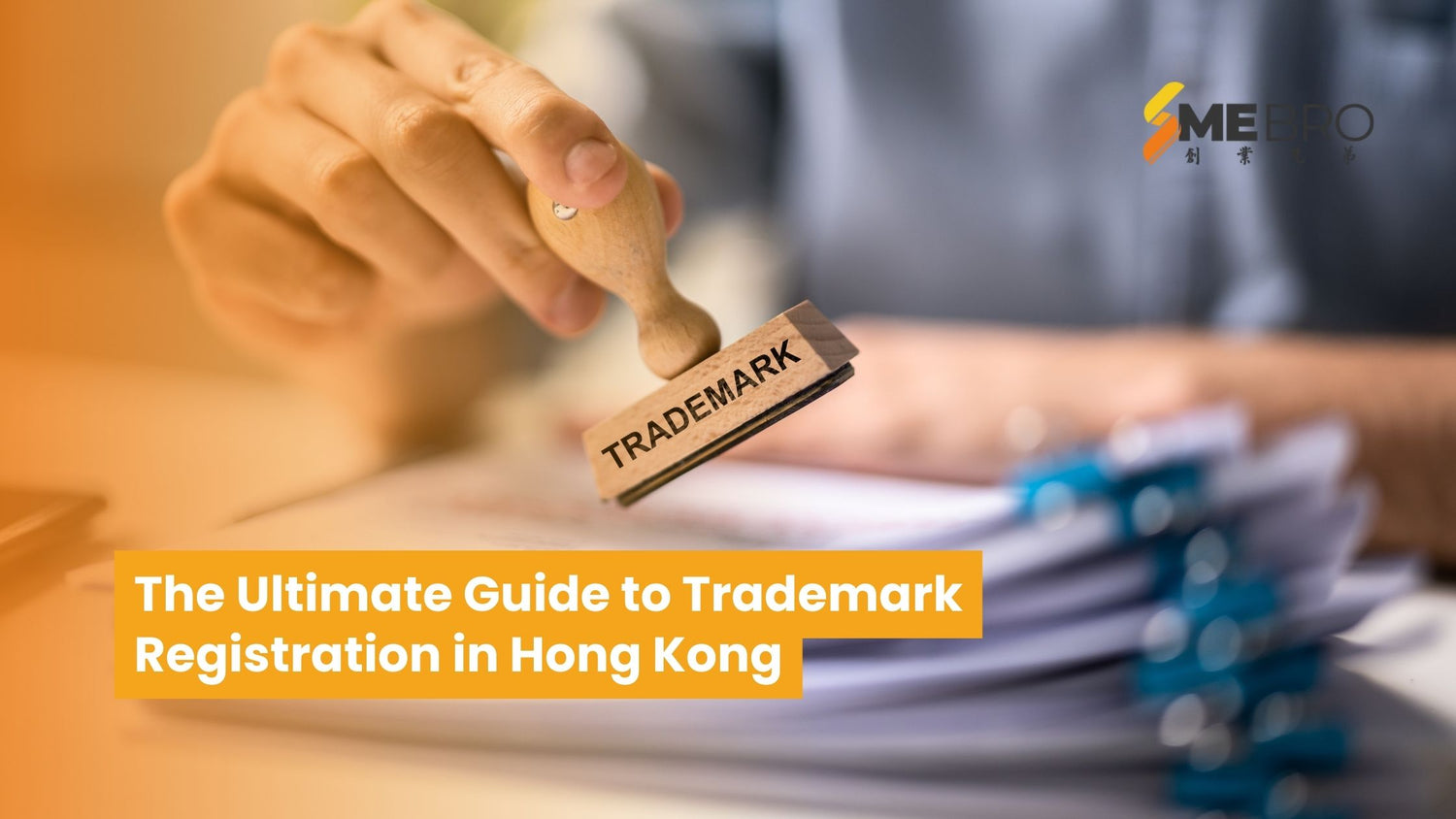Considering safeguarding your brand in Hong Kong? Wise move! Trademarks are your brand's unique identifiers, ensuring that no one else can use your name, logo, or even a catchy tagline.
This comprehensive guide delves into the intricate process of trademark registration in Hong Kong, empowering businesses to navigate the complexities and reap the benefits of a legally protected brand identity.
Advantages of Trademark Registration in Hong Kong
Securing trademark registration in Hong Kong unlocks a myriad of benefits for businesses, both local and international. Here are some compelling reasons to prioritize this crucial step:
1. Legal Protection and Exclusivity
By registering a trademark in Hong Kong, businesses gain legal protection and exclusive rights to utilize the mark within the territory.
This safeguard prevents unauthorized use and infringement by competitors, preserving the brand's integrity and reputation.
2. Regional Recognition and Brand Value
Hong Kong's status as a global financial powerhouse and business epicenter lends registered trademarks a heightened level of regional recognition.
This recognition enhances brand value, instilling consumer confidence and signaling professionalism, longevity, and commitment to intellectual property rights.
3. Gateway to Asia's Vibrant Markets
For international enterprises seeking to expand into Asia's dynamic markets, Hong Kong serves as an ideal entry point.
By registering trademarks in this strategic location, businesses establish a solid foundation for future ventures across the region, leveraging Hong Kong's connectivity and robust international trade networks.
4. Robust Legal Framework and Enforcement
Hong Kong boasts a well-established legal system with comprehensive intellectual property laws and a transparent judicial process.
How to Get a Trademark in Hong Kong
This robust framework ensures effective enforcement of trademark rights, enabling businesses to take legal action against infringers and safeguard their brand's integrity.
5. Opportunities for Collaborations and Licensing
Securing a trademark in Hong Kong can pave the way for expanded business prospects, including potential partnerships, licensing deals, and franchise opportunities.
It empowers enterprises to capitalize fully on the dynamic and thriving business ecosystem in the region.
The Trademark Registration Process in Hong Kong
The trademark registration process in Hong Kong is overseen by the Trade Marks Registry, a dedicated division within the Intellectual Property Department (IPD).

The application procedure involves several critical steps, each designed to ensure compliance with the Trade Marks Ordinance and Trade Marks Rules, the governing legislative documents.
Step 1: Conducting a Comprehensive Trademark Search
While not a mandatory requirement, conducting a comprehensive trademark search is highly recommended before initiating the application process.
This crucial step involves meticulously examining the Trade Marks Registry's database to identify any existing trademarks that may be deemed confusingly similar to the proposed mark.
If such trademarks are found, the application faces a higher risk of refusal. Conversely, if no identical or similar trademarks are discovered, the chances of approval increase substantially, albeit without a guarantee.
Step 2: Submitting the Trademark Application
The application process commences with the submission of Form T2 to the Trade Marks Registry via courier.
The application fee amounts to HK$2,000 for registering a trademark in one class of goods or services, with an additional HK$1,000 for each additional class.
It is important to note that once the application has been submitted, no further modifications to the trademark will be accepted. Careful preparation and review are essential before submitting the application.
Step 3: Examination by the Trade Marks Registry
Upon receiving the application, the Trade Marks Registry meticulously evaluates its compliance with the Trade Marks Ordinance and Trade Marks Rules. This examination process typically spans two to four months and involves two distinct phases:
Formal Examination: This phase involves verifying that the application form has been filled out correctly, ensuring adherence to administrative requirements.
Substantive Examination: During this phase, the examiners scrutinize the trademark itself to determine its eligibility for registration.
They assess whether the mark possesses distinctiveness, avoids descriptiveness, and does not conflict with existing trademarks.
If the application fails to meet the requirements during either phase, the Trade Marks Registry will issue official letters requesting corrections, changes, or deletions to the application. In the event of a conflict with a prior registered trademark, a refusal letter may be issued.
Step 4: Publication and Opposition Period
Assuming the application meets all requirements and receives approval, it will be published in the Hong Kong Intellectual Property Journal (HKIPJ).
This publication initiates a three-month opposition period, during which any party can file a notice of opposition against the trademark registration.
If an opposition is filed, the applicant must respond by submitting a counterstatement within the specified timeframe. Both parties will then be required to present evidence in support of their respective positions, culminating in a hearing to determine the outcome.
Step 5: Issuance of the Trademark Registration Certificate
If the application successfully navigates the opposition period without any objections, the Trade Marks Registry will issue a certificate of registration for the trademark.
This certificate serves as official documentation of the trademark's registration and confers exclusive rights to its owner.
Step 6: Maintaining Continuous Protection through Trademark Watch Services
Even after obtaining registration, businesses must remain vigilant to protect their trademark rights. There is always a possibility that a third party may successfully register a confusingly similar trademark, potentially infringing on the existing mark's exclusivity.
To mitigate this risk, businesses can leverage Trademark Watch services, which continuously monitor the Trade Marks Registry's database for upcoming applications that may conflict with the registered trademark.
This proactive approach allows businesses to take timely action, such as filing an opposition, to safeguard their market share and repel potential competitors.
Conclusion
Trademark registration might seem like a legal maze, but it doesn't have to be. With this guide and the right resources, you can protect your brand and secure your success in Hong Kong. Remember, your brand is your baby – give it the protection it deserves!



